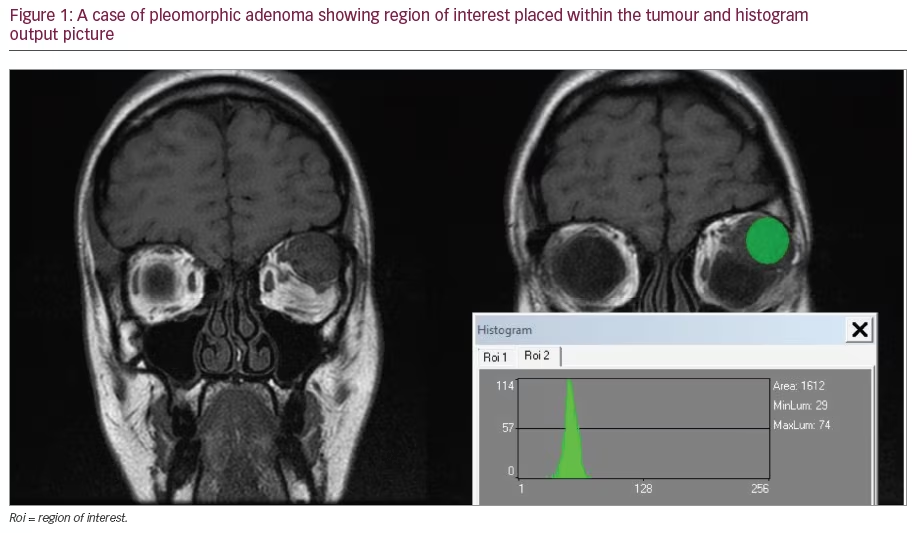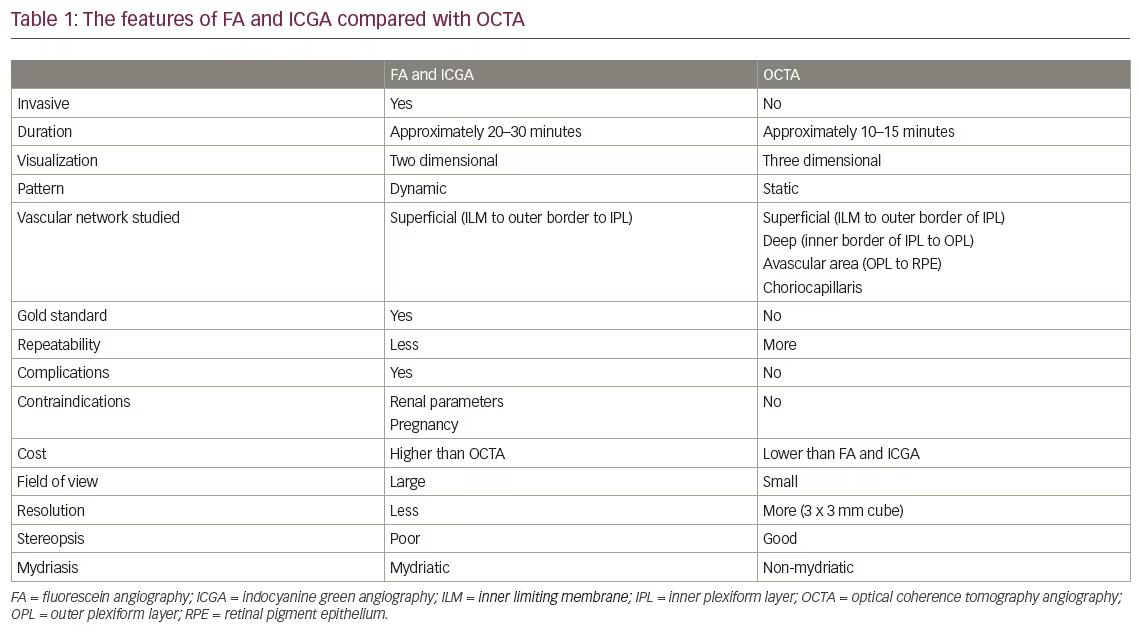How to Define Clusters of Test Locations
How to Define Clusters of Test Locations
Many approaches to the detection and quantitative assessment of local visual defects are described in literature relating to this subject. There is evidence that in normal as well as in pathological visual fields, test locations are relative to one another.1 Since the threshold in single test locations is highly influenced by fluctuation,2 grouping of test locations (so-called clustering) is a means of reducing the magnitude of fluctuation. In the assessment of visual fields, judging neighbouring test locations with slightly reduced sensitivity as clusters is considered a valid procedure for the recognition of abnormality, while single test locations at a defect level of eight decibels (dB) are considered to result from normal fluctuation.3 Local changes are thus identified more easily if they are all part of the investigated cluster of test locations.
Correlations Between Test Locations
In 1982, Wirtschafter et al.4 gave a first analysis of correlation between test locations. They projected the test locations of visual field examinations onto fundus photographs of primate eyes and grouped them into 15 clusters. Asman and Heijl5 proved that evaluating clusters following the nerve fibre bundles improved glaucoma detection in humans. Their studies resulted in the Glaucoma Hemifield Test (GHT)6 using 10 clusters. Weber and Ulrich7 pursued a different approach, analysing the scotoma borders of 159 glaucoma fields and building 21 clusters according to theaffected location’s course. Other teams8,9 applied statistical analysis of glaucomatous visual fields for the definition of the clusters. Garway-Heath et al.10 followed a different path by measuring the angles of visible retinal nerve fibre layer (RNFL) wedges at the optic disc in 1° steps and correlating them with the corresponding visual field defects. Newly available diagnostic methods have been included in the hunt for improved structure–function correlation. Anton et al.,11 like Gardiner et al.,12 compared focal visual field defects with the topographical measurements in 36 sectors of the Heidelberg retina tomograph (HRT) result. Buerki et al.13 decided to choose a procedure similar to the polar representation at the optic disc. He superimposed the Octopus program G test locations onto a nerve fibre image and followed the corresponding nerve fibres back to the optic disc. Test locations with an exitangle difference of no more than 5° were grouped to build 22 small clusters. Practical evaluation of the 22 clusters(see Figure 1a), which consisted of two test locations, showed that the reduction of fluctuation was not satisfactory. As a consequence, the 22 small clusters were joined to form 10 larger clusters (see Figure 1b). These clusters served as starting points for all further computations. Due to the course of the nerve fibres, the clusters do not mirror one another along the horizontal axis.
Quantification of Diffuse and Local Loss
In 1989, Bebie et al.14 introduced the cumulative defect curve, enabling a simple differentiation between diffuse and local visual field loss (see Figure 2a). However, the amount of local and diffuse loss was not calculated. Based on prior studies evaluating the cumulative defect curve,15–17 we know that the first third of the curve is spared from increased fluctuation in the initial phase of glaucoma. A diffuse loss can thus be estimated. Heijl suggested the seventh rank (of 74 test locations); Fankhauser et al. suggested ranks 18–19 (of 59 test locations). Following Zulauf’s publication on the influence of false-positives17 and statistical analysis of numerous visual fields, we decided on the average of ranks 12–16 (represented by the arrow in Figure 2a), as using the average of a number of ranks rather than relying on a single rank is more resistant to accidental variability. The diffuse defect (DD) can be shown in the cumulative defect curve in two ways: first, as a difference in height of the individual curve compared with the 50th percentile of normality in ranks 12–16 (arrow in Figure 2a) and second, as the area between the original 50th percentile and the same curve shifted to match the individual defect curve in ranks 12–16. The dashed area quantifies the diffuse loss in the entire visual field (see Figure 2b). It needs to be clarified that DD can only be estimated. Henson et al.18 showed that in early glaucoma even the first 10 ranks show reduced sensitivity and thus the calculation of DD. Asman19 further pointed out that the volume of local sensitivity reductions correlates with the level of DD. For example, when 20% of test locations are abnormal and the square root of loss variance – sLV/pattern standard deviation (PSD) – is below 10dB, the influence on DD may already be 1dB. Moderate and advanced glaucoma would thus show much more influence on DD. However, Bebie20 systematically evaluated simulations using the Perisim software21 and found less influence. Figure 2c shows the integration of local loss. This area is defined as the difference between the 50th percentile of the normal defect curve, shifted by DD, and the level of the subject’s individual defect curve. While the ranks included in this integrated area do not need to be physical neighbours, they have in common an abnormal response behaviour. Accordingly, this area has been labelled abnormal response area (ARA).22 This area correlates well with PSD in some cases and has several similarities, including strongly reduced influence of cataract and pupil size, improved recognition of local deviations similar to the pattern deviation and exclusion of the instrument’s absolute tolerance – only the difference of response behaviour between an average normal and the tested subject is evaluated; the overall height of sensitivity does not influence this measure. The ARA also has advantages over sLV/PSD, particularly that the influence due to false-positive responses and white scotoma is greatly reduced by the exclusion of the top 20% of ranks.
Looking at these positive aspects, the fact that glaucoma may well have a diffuse component should not be ignored. The influence of false-positives – from trigger-happy subjects – can be quantified using ranks 1–9. Such an index has been stipulated by Zulauf et al.17 and can be calculated from the cumulative defect curve as a side effect.
Cluster Analysis
Based on the methods described above and cluster definition, 151 normal subjects have been evaluated to calculate the mean sensitivity and standard deviation for absolute and for shift-corrected (sensitivities after subtraction of DD) defect values. The resulting confidence intervals (CIs) are applied to produce combined probability/defect plots that only display areas outside normal limits. Instead of evaluating every single point, the average cluster defect and probability is displayed. This procedure takes advantage of the reduced fluctuation by clustering and of the choice of evaluating either the absolute sensitivity or the shift-corrected (pattern) deviation.23 Figure 3c is an example of this type of graph. Bold numbers represent a 1% probability level, while the number corresponds to the average defect in dB for the cluster. Normal font represents the 5% probability level. According to the definition of probabilities, on average every 10th normal visual field may have one cluster at the 1% probability level and still belong to a normal subject.
Example
Figure 3a shows two HRT representations. In the topographical image to the left, an excavation is visible on the temporal upper side. The reflection graphto the right shows a visible nerve fibre bundle defect in the same location. The probability plot (see Figure 3b) in the G pattern visual field identifies the nasal step and additionally shows a defect in the superior nasal quadrant of the visual field. However, the judgement of the extent and significance of this defect is much more easy to recognise in the cluster analysis in Figure 3c. Finally, a bridge between structure and function is given by the polargraph (Figure 3d), showing the defect depth in the orientation and position on the optic disc.
Availability of the Octopus Field Analysis Software
Octopus Field Analysis software, by Haag-Streit AG, Switzerland is available free of charge for a limited time-trial for evaluation of Octopus G pattern visual fields. Contact the author at matthias.monhart@haag-streit.ch







